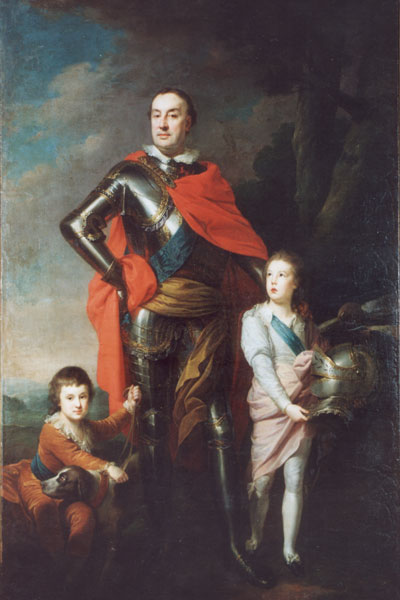 |
| photo le style et la matière |
Alluring, the château of Montrésor. Slightly off the beaten track,
it's not a place to tramp in and out for a visit;
it's a trancendental interlude.
If I hadn't mentioned it before, it's because, for just a while,
I wanted to think of it somehow as my treasure.
 |
| photo le style et la matière |
It's a place that is holding its breath until you open the door and inhale. And this first room does the trick - I know I felt a small but sharp intake of breath as I walked in. The personalities of the former proprietors are emphatically present. It feels as if they have gone off for a minute's jaunt and will soon be back, surprised to find visitors (of another century) in their home.
 |
| photo le style et la matière |
The melody has evaporated; a final note has stilled the air.
The ancient 15th century château is still decorated just as it was in the mid-nineteenth century.
Can I help it if it puts me in a romantic mood?
The ancient 15th century château is still decorated just as it was in the mid-nineteenth century.
Can I help it if it puts me in a romantic mood?
who was responsible for the constuction of several Loire valley fortified castles. Imbert de Bastarnay retained its double encircling walls when he built his own château on the site in 1493. Bastarnay was Diane de Poitier's grandfather and faithful counselor to Louis XI, Charles VIII, Louis XII et François Ier. Montrésor belonged successively to the Joyeuse, Brantome et Beauvilliers families before it was acquired by the Polish count, Xavier Branicki in 1849.
The Branicki descendants still live on the site and have decided to keep things the way
they have always known them. With all the years of history here,
it is the Romantic period that is encapsulated here.
 |
| image wikicommons |
including many family portraits throughout the residence. This portrait of his grandfather,
Count Franz Xavier Branicki, chief general of Polish armies in the 18th century and friend of
the last Polish king, Stanislas Auguste Poniatowski, faces that of his wife below.
 |
| photo le style et la matière |
This is a portrait of Alexandra von Engelhardt Branicki, the count's grandmother.
Alexandra was the daughter of Catherine the Great of Russia who looks on
in the painting in the form of a bust.
 |
| photo le style et la matière |
 |
| photo le style et la matière |
Many of the paintings show women of great beauty: the count's wife, sisters and cousins.
Here, the count's sister, Catherine, dressed à la turque in a 1854 painting by Winterhalter.
 |
| photo le style et la matière |
Another beautiful portrait is of cousin,Countess Potolka, wearing a turban. Her beauty, unfortunately, did not go unnoticed by the Tsar, who had her inconvenient husband locked up and put out away in a Moscow tower. As the description of the painting reads, "such was the fate of husbands married to Polish beauties."
 |
| photo le style et la matière |
painting by the Countess Branicki of her Parisian apartment in the 8th arrondissement
 |
| photo le style et la matière |
 |
| photo le style et la matière |
 |
| photo le style et la matière |
The count bought this cabinet in 1852 from the chateau d'Amboise. It was made in Florence at the end of the Renaissance and belonged to the Medici and is said to contain multiple secret compartments.
 |
| photo le style et la matière |
And back this way, off to the side is a special room for the treasure - objects of gold and silver.
No pictures, though. That would spoil the surprise.
 |
| photo château de Montrésor |
In the garden,
The Fallen Angel by Constantin Corti
 |
| photo le style et la matière |
A statue of the Polish soldier, Mieczyslaw Kamienski who died while combatting alongside
the Count Branicki at the battle of Magenta, is also on the grounds.
 |
| photo château Montrésor |
Beyond the monument in the gardens,
there are still ruins to climb and vistas to discover.
When I was here no so long ago, there was no site on internet. There is one now
where it is possible to see more general interior views (click below).
I'm hoping this place will stay just as it is, a rare treasure that speaks of those who once lived there.
































.jpg)
.jpg)
.jpg)